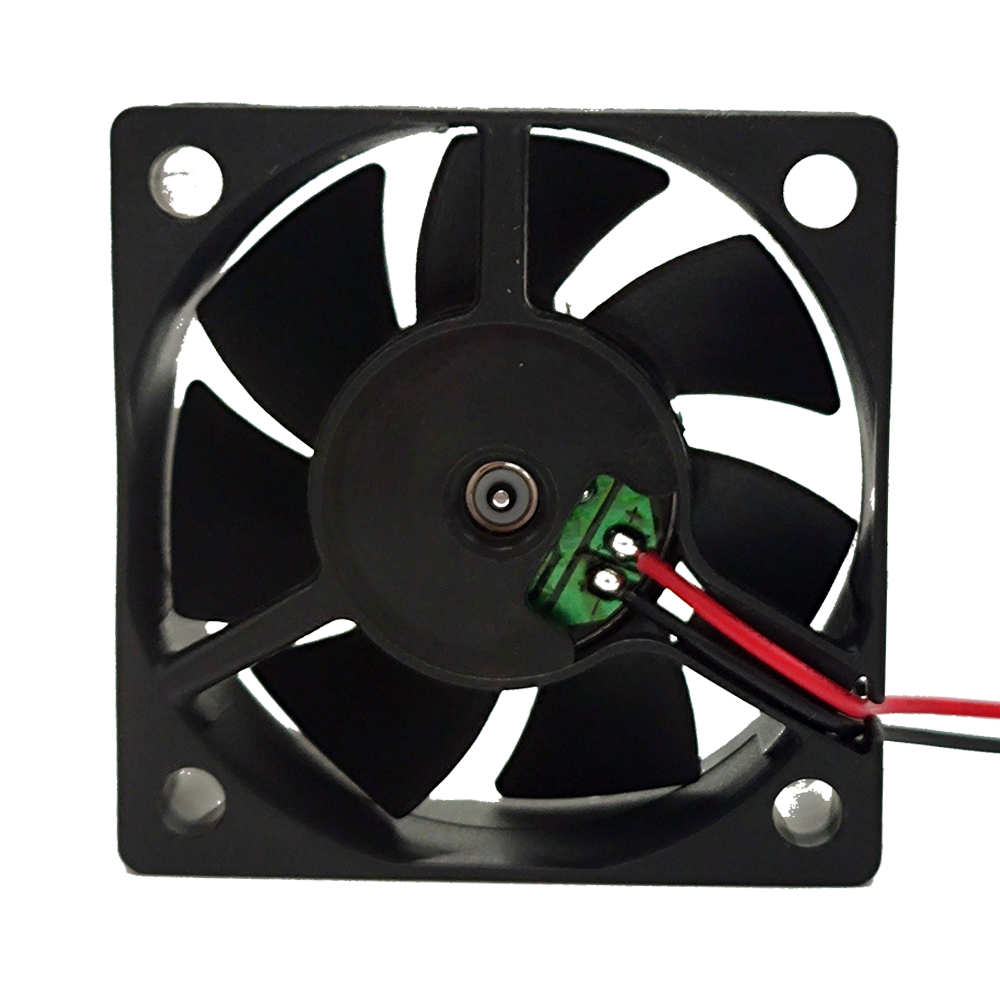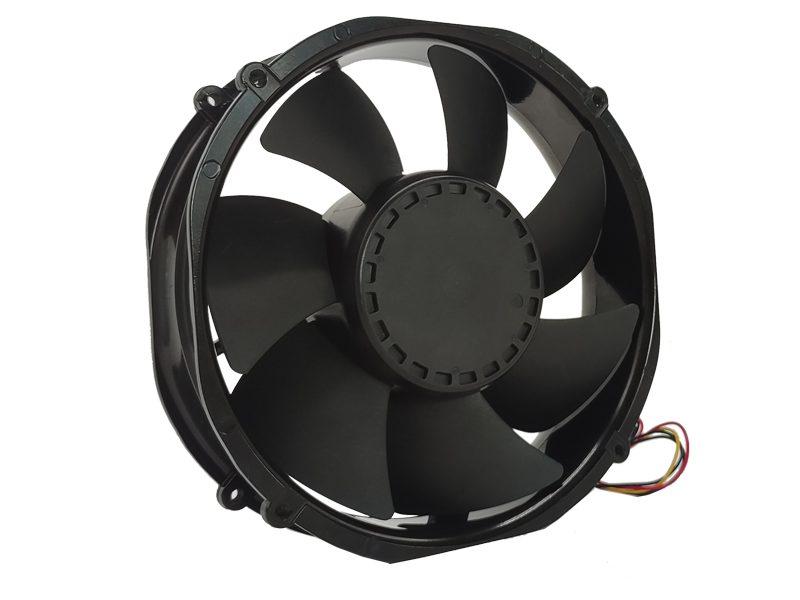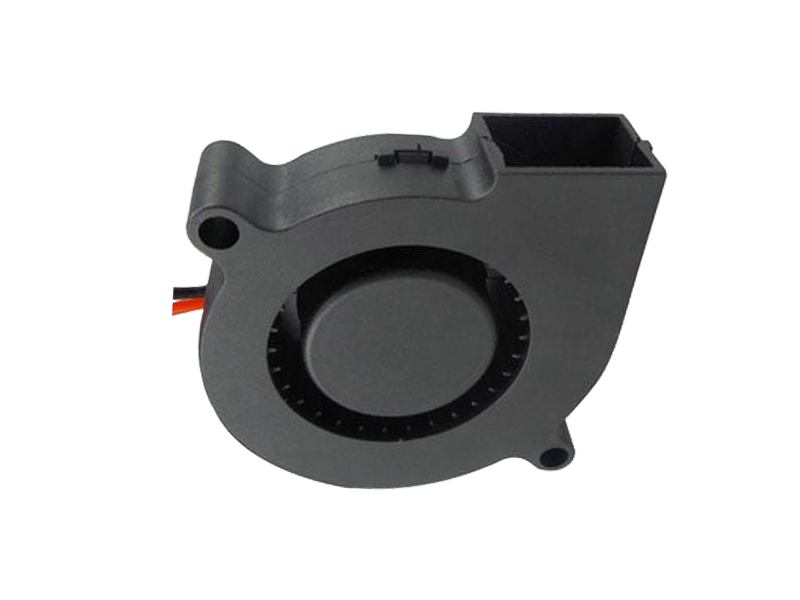The Fourth Industrial Revolution is redefining how industrial fans operate, shifting from mechanical systems to intelligent, self-optimizing ecosystems. This article explores how AI, IoT, and advanced analytics are transforming fans into proactive assets that predict failures, optimize energy use, and integrate with smart factory infrastructures.
1. AI-Driven Predictive Maintenance
Modern fans now embed machine learning algorithms that analyze vibrational, thermal, and acoustic data to preempt failures:
Edge Computing Nodes: Process real-time data locally, reducing latency in critical applications like oil refineries.
Anomaly Detection: Neural networks trained on historical data flag deviations (e.g., bearing preload changes) with 98% accuracy.
Root Cause Analysis: Correlation engines link fan performance to external factors (e.g., voltage sags, ambient humidity), accelerating troubleshooting.
2. Digital Twins: Virtual Replicas for Physical Optimization
Fans are being paired with digital twins that simulate performance across scenarios:
Virtual Commissioning: Test fans in digital replicas of factories before installation, reducing deployment risks by 40%.
Dynamic Simulation: Model airflow patterns in real time, adjusting fan speeds to compensate for blocked vents or open doors.
Lifecycle Simulation: Predict maintenance schedules and energy consumption over 10-year horizons, aiding LCA assessments.
3. Energy Grid Integration: From Consumers to Controllers

Advanced fans now participate in demand-response programs:
Frequency Regulation: Throttle power usage during peak grid demand, earning revenue through ancillary services markets.
Solar Synchronization: In solar-powered facilities, fans adjust operation to match PV output, minimizing battery reliance.
Waste Heat Recovery: Couple fans with ORC turbines to convert exhaust air into electricity, achieving net-zero energy in some applications.
4. Case Study: Automotive Stamping Press Ventilation
Ford’s Dearborn plant reduced energy costs by $1.2M/year using fans with:
AI-driven setpoint optimization: Adjusted speeds based on press cycle phases, cutting average power use by 34%.
Wireless mesh networking: Eliminated 12 km of cabling, reducing installation costs by $400,000.
5. The Future: Autonomous Fan Ecosystems
Swarm intelligence will enable fans to self-organize into optimal configurations. Prototypes already demonstrate 15% efficiency gains in large warehouse arrays through decentralized decision-making.
Conclusion: Industry 4.0 technologies are making industrial fans sentient participants in production ecosystems. Early adopters report 25–35% reductions in unplanned downtime and 18–22% lower energy costs, proving that smart fans deliver measurable ROI beyond traditional KPIs.
Recommended Products

The main purpose:Car charging station

The main purpose:Car charging station

The main purpose:Electronic refrigerators, water dispensers, direct drinking machines, inverter power supplies
Address:No. 4137, Longgang Avenue (Henggang Section), Henggang Community, Henggang Street, Longgang District, Shenzhen
hotline:13530005572(Chen)15112579390(Li)


Welcome all friends to come for consultation and negotiation.
Copyright 2024 @ Shenzhen Youneng Xinyuan Electronics Co., Ltd.,(industrial fans,industrial blowers,axial fans,cooling fans manufacturer,centrifugal fans,ac cooling fans,dc cooling fans)